


Binderman
gamer level 8
27148 xp
27148 xp
followers
48
48
Use my invite URL to register (this will give me kudos)
https://boardgaming.com/register/?invited_by=binderman
profile badges




recent achievements

Amateur Advisor
Submit 5 game tips, strategies, or house rules and receive a total of 60 positive ratings.
Submit 5 game tips, strategies, or house rules and receive a total of 60 positive ratings.

El Dorado
Explore select games by completing a series of exploration actions ...learn more »
Explore select games by completing a series of exploration actions ...learn more »

Gamer - Level 8
Earn Gamer XP to level up!
Earn Gamer XP to level up!

Advanced Reviewer
Review 13 games and receive a total of 980 positive review ratings.
Review 13 games and receive a total of 980 positive review ratings.
Player Stats
Critic (lvl 3)
1315 xp
1315 xp
Explorer (lvl 5)
5525 xp
5525 xp
Professor (lvl 2)
447 xp
447 xp
Reporter (lvl 3)
959 xp
959 xp
About Me
I am a computer science professor and I love all games, even those games that suck. I may give such bad games poor ratings but I still love them. What I hate the most is to throw away or sell one of my games. I wish I could have a lot of space to store every game that I once owned.
I play mostly with my kids, mainly with my older son (12). We have similar tastes and as the time passes and he grows older our tastes are becoming even more similar. We both love abstracts, our currently favorite abstracts are Through the Desert and Khet 2.0. His favorite games are Dominion, Stone Age and Ubongo Series. My favorite games are Through the Ages, Twilight Struggle, Heroscape and Agricola.
I will accept to play any game that someone invites me and I will try hard to find something good about it, even in boring games like Snakes and Ladders.

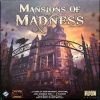
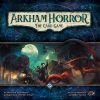

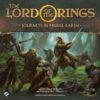
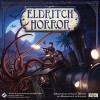


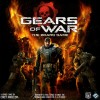
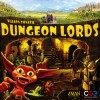
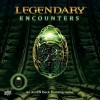
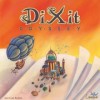








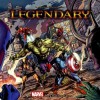

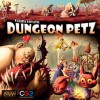







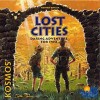









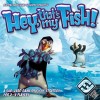
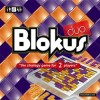
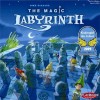

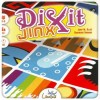
















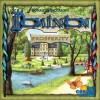


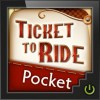
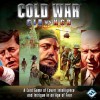


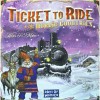





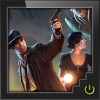








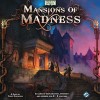

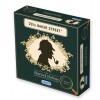

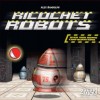
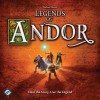

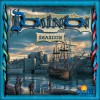

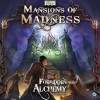
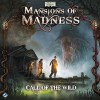
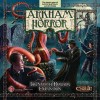

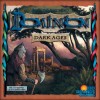





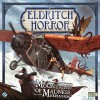




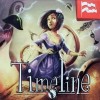
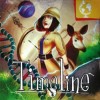
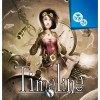
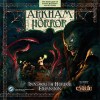
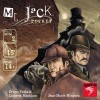






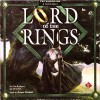





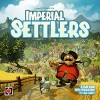


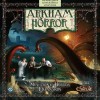
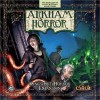




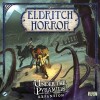





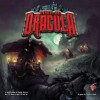

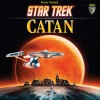

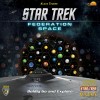

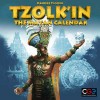

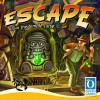


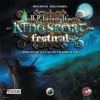



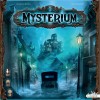
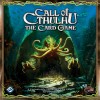
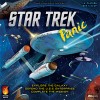


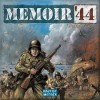


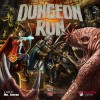
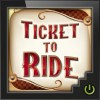










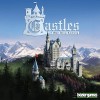



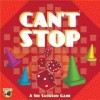

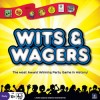
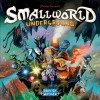



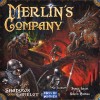


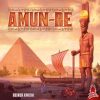

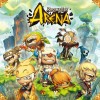














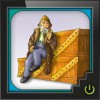





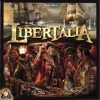











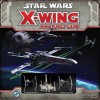



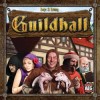






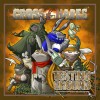
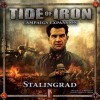


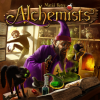


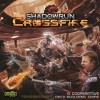

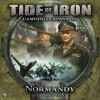
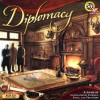
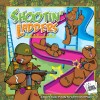


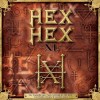
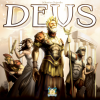





Friday
Disclaimer: The main goal of “Down to the Basics Reviews” is to show what the game is about, getting down to the basics, the bare minimum necessary to captivated the reader.
So, about Friday:
1) What it is?
A solo card game where you are the smart and lonely Friday and you must teach the dumb newcomer Robinson Crusoe to survive the hazards of wild life. If you are successful he will go away and leave you alone and happy in your heavenly island.
2) How do you play?
Basically you draw cards (from two different decks, hazard and fighting) and use its special abilities to get good fighting cards while trying to eliminate the bad ones. Each time the fighting deck is depleted you reshuffle it with one extra nasty card, representing the fact that Robinson is aging. After the hazard deck is emptied three times, you must defeat two pirate cards to win the game.
3) What are the decisions that you make?
The main point of the game is how well you manage your deck of fighting cards. To achieve victory, you will have to decide:
– Which hazard card you will fight.
– if you want to continue drawing free fighting cards.
– In case of defeat to the hazard card, which fighting card you want to destroy.
– if you will lose health to draw one more fighting card.
– if you activate the cards’ special abilities and in what order they will be activated.
4) What is good about it?
It is simple, quick and fun. It has a good number of meaningful decisions, both tactical and strategic. Sometimes an immediate win over a hazard card is not the right decision, you may want to lose the fight to get rid of a nasty fighting card.
5) What is not so good about it?
A lot of people will not like it simply because it is a solo game. If you don’t mind that, the game may not be as replayable as it seems. Perhaps, after a certain number os plays you will know the best strategy and then the game will lose its appeal. The theme is not necessary to enjoy the game, after a few plays you will probably ignore it.
6) What it feels when you play it?
At first you will feel like a teacher trying to teach a difficult topic to a student that is not yet prepared to learn it. You will have to be patient and smart. With the passing of time you will feel satisfied seeing how good Robinson (the fighting deck) has became.